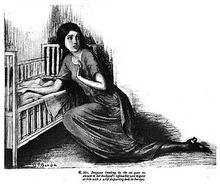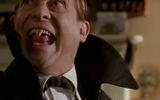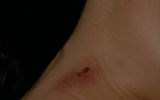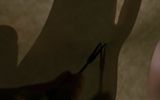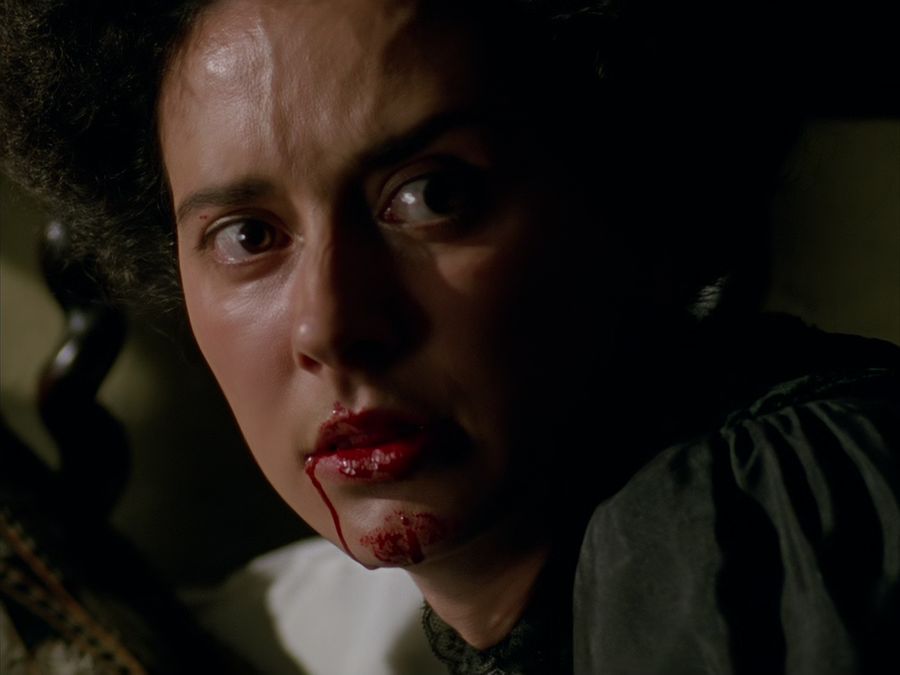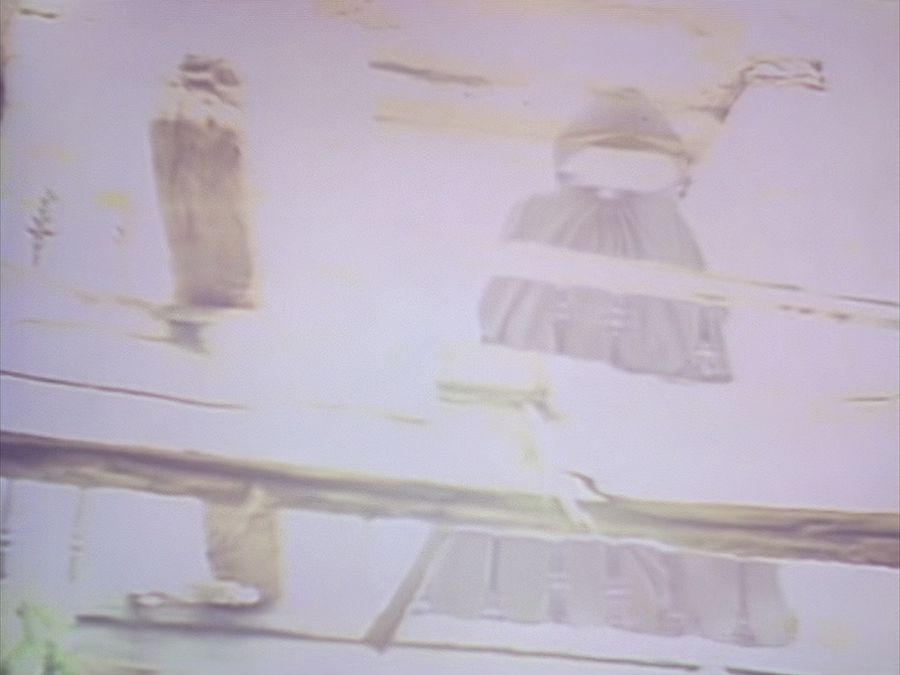SPOILERS

| Added | Thu, 30/05/2024 |
| Release date | 27-01-1993
|
| Original title | The Last Vampyre
|
| Феномены | |
| References |
The Last Vampire is a British television film based on the story Arthur Conan Doyle's The Vampire in Sussex.
The film is a very free interpretation of the original source: the plot is expanded, the number of victims is increased, the characters of the characters are changed and new characters are added, as well as the vampire theme is developed, presented in the story very sparingly and with a certain irony. Here, Holmes is invited to the village by a certain priest, concerned about the mysterious death of a child. The main suspect in the film is Mr. John Stockton, who is not mentioned in the story at all. This man, who recently arrived in England, is rumored to come from a family of vampires, which once again emphasizes the mystical fleur with whom the painting constantly flirts. The investigation, as well as its finale, also differ significantly from the original source.
At the end of the XVIII century, Lord St. Clair, an aristocrat from the town of Lamberley, was burned alive in his mansion by local residents who accused him of vampirism and the bloody murder of a local girl Janet Burrows. A hundred years later, a descendant of St. Clair named John Stockton arrives in the village, who makes acquaintance with Bob Ferguson, who recently returned from Peru with a young wife and child. Soon, old rumors about supernatural powers take on new life. Holmes and Watson take over the investigation of this case at the request of the parish vicar of Lamberley.
A local blacksmith dies after a quarrel with Stockton, and the villagers see this as confirmation of his dark powers. Their suspicions grow into certainty after Ferguson's newborn baby is found dead the morning after a visit from Stockton, who touched the infant after dinner. After losing a child, his mother begins to behave strangely, and traces similar to vampire bites are found on the neck of her suddenly ill maid.
As a result of the investigation, accompanied by numerous mysterious events, Holmes finds out that mystical forces have nothing to do with it, and the eldest son of Ferguson, who was jealous of his father's stepmother and stepbrother, is to blame for the mysterious deaths.
Phenomena in artwork: A vampire
Real vampires are not shown in the film. All creatures mistaken by the characters for vampires end up being ordinary people.
The first of them is Sherlock Holmes himself, who for some reason put on replaceable vampire fangs to scare Watson. Interestingly, these "fangs" are located on the front teeth and are actually elongated incisors, which corresponds to the ideas of that time about vampires.
Another pseudo-vampire is John Stockton, who is considered such by the villagers because of his mysterious past and family connection with Lord St. Clair who lived there, burned many years ago on charges of vampirism. Stockton is interested in the occult and has a hypnotic power over women. The peasants' suspicions are confirmed by strange coincidences: the blacksmith dies after a quarrel with Stockton, and the baby dies shortly after his touch. Stockton probably considers himself a vampire, but he has never been seen drinking blood or otherwise harming anyone around him.
Finally, Ferguson's wife is mistaken for a vampire, whom her husband finds with her lips covered in blood, sucked from a wound on the maid's neck. Later it turns out that she was trying to save her from the poison that the killer injected through a wound on her neck, similar to a bite mark. To inject the poison, the killer used a special tool with a forked tip.
Phenomena in artwork: Ghost
Holmes sees a bright silhouette in the ruined house where Lord St. Clair, accused of vampirism, was burned down. Later it turns out that the reason for the vision was the play of light on a fragment of an old mirror, and the silhouette was a murderer in a raincoat.
A ghostly silhouette in a ruined house
Log in or register to post comments
